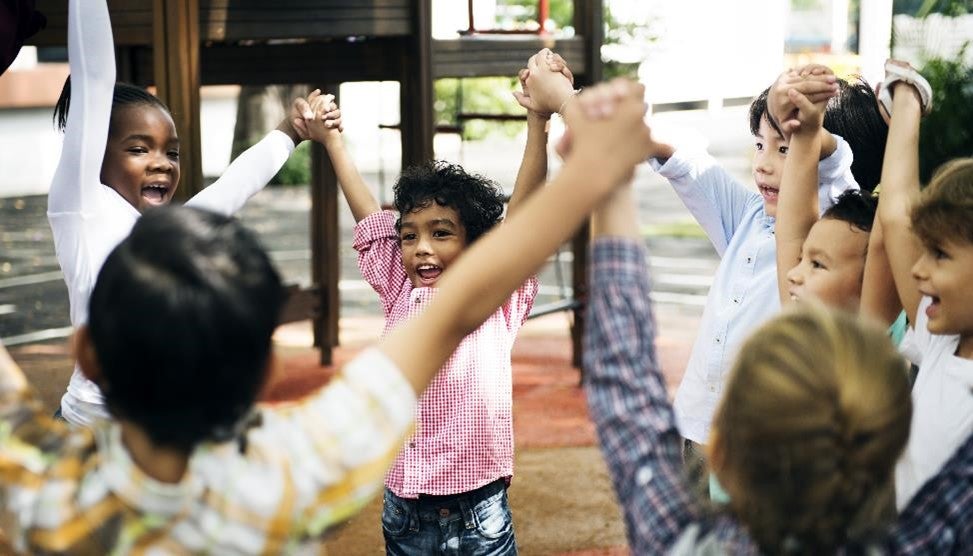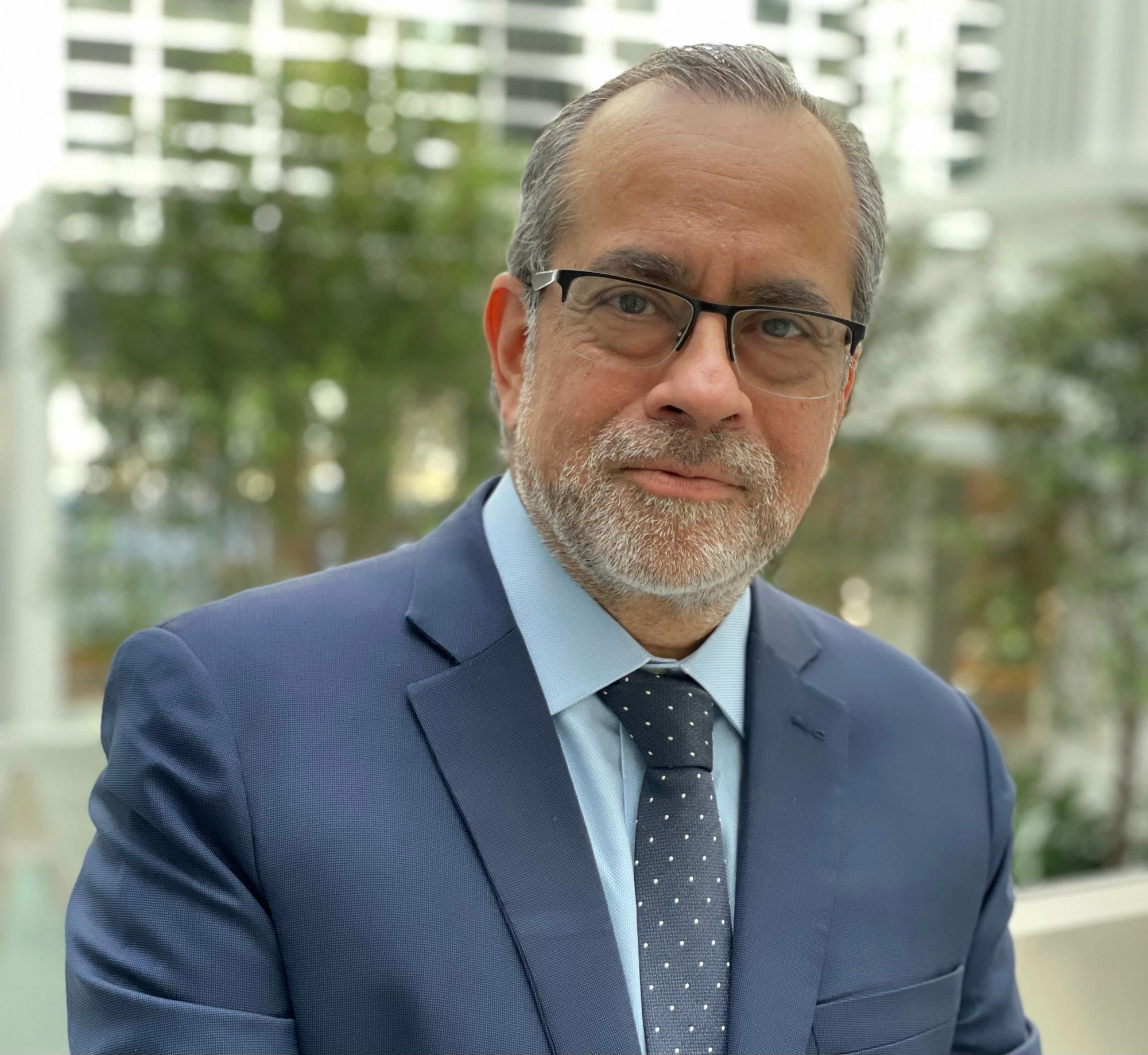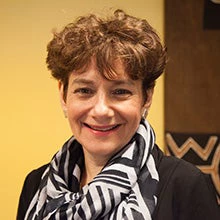 Inclusive laws and policies can go a long way toward supporting LGBTI students’ right to education. Photo: Shutterstock
Inclusive laws and policies can go a long way toward supporting LGBTI students’ right to education. Photo: Shutterstock
Equality of opportunity and non-discrimination for all are at the heart of the World Bank’s twin goals of eradicating extreme poverty and boosting shared prosperity. Yet, today many people are left behind due to discrimination and exclusion related to their sexual orientation or gender identity (SOGI). When people are excluded from educational opportunities, their right to a fulfilling life and the opportunity to contribute to society at large is at risk.
Investment in young people’s education is critical in assuring equality of opportunity – yet lesbian, gay, bisexual, transgender, and intersex (LGBTI) youth are often excluded from learning opportunities when education systems forgo ensuring inclusion and equity in the classroom. In some countries, there have been noteworthy legal and social advances; in others, indifference prevails. In some places, discrimination is widespread, accepted, and growing.
Inclusive laws and policies go a long way toward supporting LGBTI students’ right to education. The World Bank’s Equality of Opportunity for Sexual and Gender Minorities (EQOSOGI) report sheds light on the legal and regulatory barriers to inclusion faced by sexual and gender minorities in 16 countries across six indicators, including access to inclusive education.
The report finds that sexual and gender minorities across all sixteen countries surveyed face various barriers in accessing inclusive and non-discriminatory education. The report offers a number of good practice policy recommendations, which provide valuable insights for education policymakers worldwide. Here are four to consider:
- Prohibit discrimination in admission and in school for LGBTI youth and ensure effective enforcement mechanisms.
Fewer than half of the 16 countries surveyed in the report explicitly prohibit SOGI-related discrimination in educational settings and in school admissions. Only a few prohibit bullying and harassment based on SOGI, with many systems plainly ignoring the issue. However, without proper reporting and enforcement mechanisms, students are often left open to de-facto discrimination and violence that often leads to students dropping out from school with dramatic consequences to their mental health, self-esteem, and future opportunities. In addition to ensuring holistic anti-discrimination provisions, countries can create frameworks for safe reporting of bullying and harassment on the basis of SOGI, as well as mechanisms to enforce these practices.
- Ensure curricula, teaching, and learning materials are not only non-discriminatory but actively promote inclusion.
An inclusive learning environment is one where teaching and learning materials are non-discriminatory and sexual or gender minorities are included. In many countries, discriminatory language in textbooks is still prevalent, contributing to the perpetuation of negative stereotypes and homophobic and transphobic bullying and harassment. Only three of the countries surveyed have mandated a revision of their national curricula and materials to eliminate discriminatory language. Despite this progress, there is more that can be done to promote a truly inclusive learning environment. Countries could further bolster inclusion by including positive messages on sexual orientation, gender identity, and expression in learning and teaching materials.
- Promote training of educators on non-discrimination and inclusion.
While many of the countries surveyed have laws prohibiting discrimination in educational settings, they fall short of actively promoting non-discrimination and prevention through teacher education. Teachers and educators often lack the understanding and the tools necessary to address homophobic and transphobic violence, bullying, and discrimination. Also, they might not promote inclusion in their day-to-day behavior. While a few of the reviewed countries have taken the first step by providing mandatory training for all primary and secondary teachers on anti-discrimination prevention and resolution against LGBTI students, the majority have not focused on this issue yet. Schools can move the needle even further by actively mandating training on overcoming implicit biases and equip them with the tools to actively promote non-discrimination and inclusion in the classroom.
- Actively educate students on sexual orientation and gender identity to promote inclusion.
Leaving out topics of SOGI in education not only ignores the realities of many students but also contributes to an environment of exclusion and discrimination. Only one of the countries surveyed has included representation of gender minorities in textbooks, while only two countries conduct sex education courses in a SOGI-inclusive manner. Including education on SOGI, especially in sex education courses, is key for countries to create a safe and inclusive learning environment for students.
Combatting discrimination is critical to facilitating safe and inclusive learning environments. Learning interventions are ineffective when young learners do not see their institutions in this manner. That is why this is now a key pillar of the World Bank’s strategic approach to education—not an add-on, not a “nice to have,” but an essential element of quality education.
It is also time to think holistically about inclusive education, and for policymakers to consider the full range of SOGI-inclusive interventions when prescribing policy. For example, it is a step forward when educational settings adopt SOGI-inclusive curricula. But without an inclusive and discrimination-free enabling environment, this progress can easily be reversed. Today, classrooms often present and perpetuate the most negative norms in a society. In an equal sense, however, they are harbingers of change for today’s LGBTI learners and a critical starting point for youth to think and act inclusively.
The Equality of Opportunity for Sexual and Gender Minorities 16-country report is the first in a series of reports aimed at analyzing laws and regulations affecting sexual and gender minorities’ economic opportunity in many different countries across the globe.



Join the Conversation